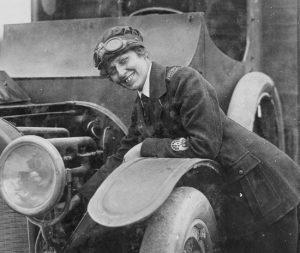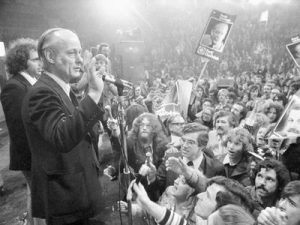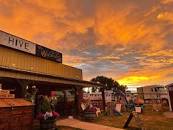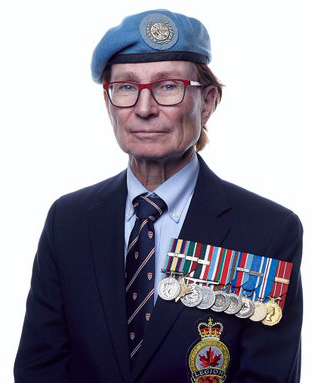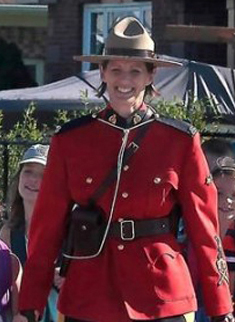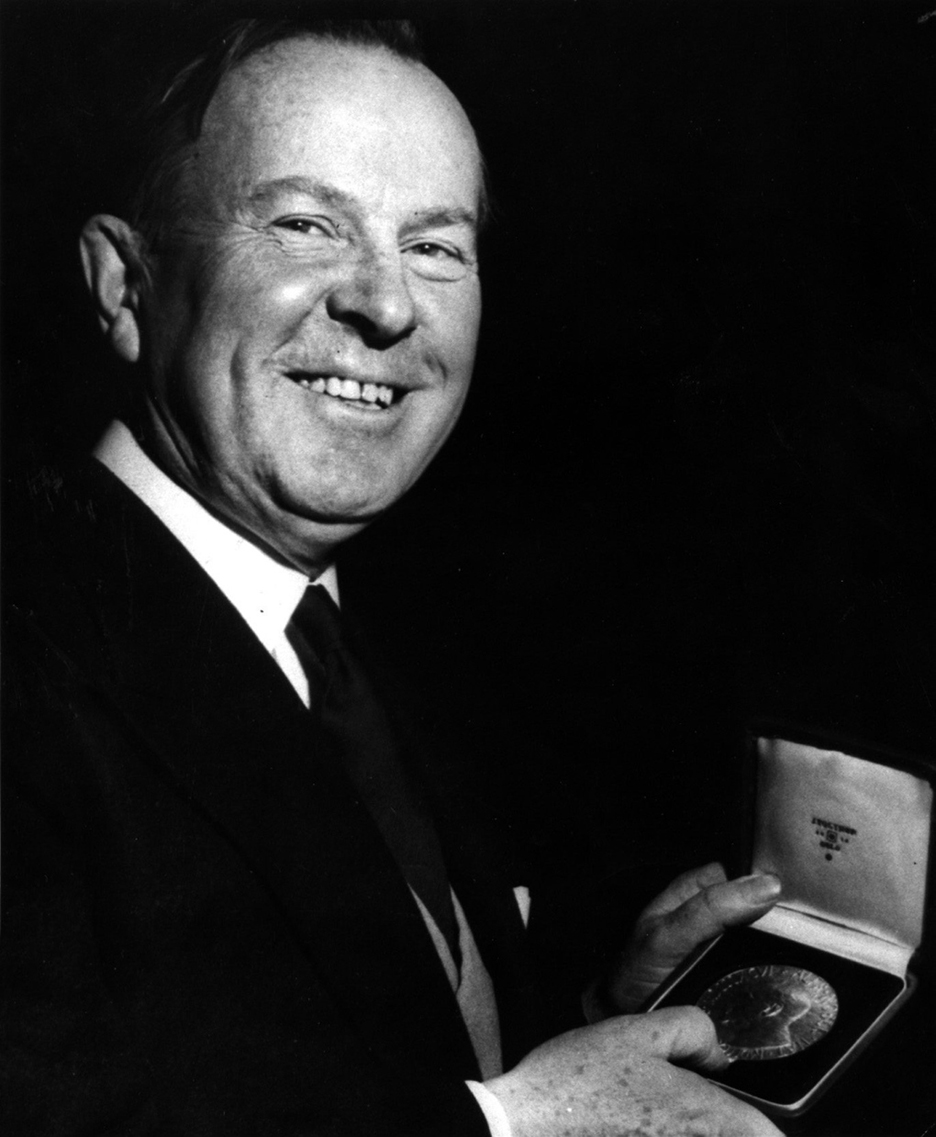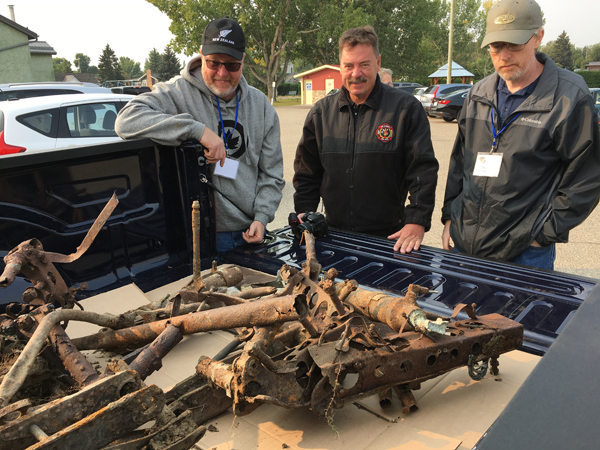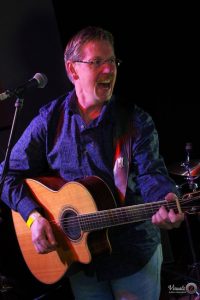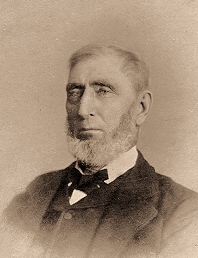
Sometimes politicians in Canada and the U.S. have described the economic struggles between our two countries as trade wars. More recently, observers on both sides of the border have recognized international tariffs as a form of economic erosion.
But if you think current trade hostilities across the 49th parallel are new, nothing could be further from the truth. A newspaper published in St. Paul, Minn., once encouraged American mercantilists to invade Canada and they were offered money as an incentive to do it.
“The St. Paul Chamber of Commerce will award a cash prize to the first enterprise to establish commerce in the British Northwest Territory,” reported the newspaper. “One thousand dollars to the first to arrive.” (more…)
